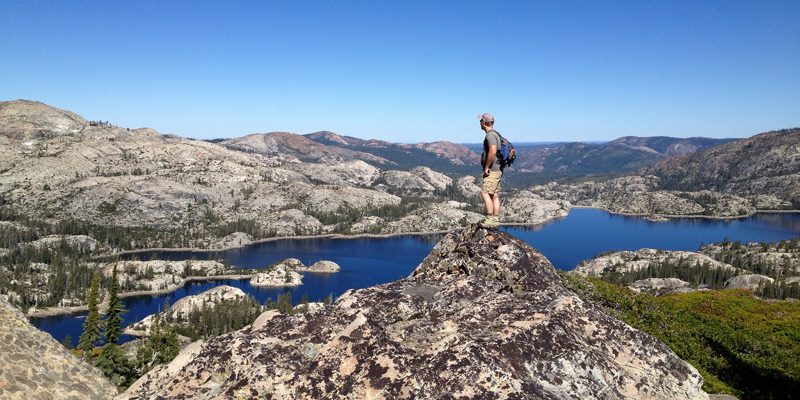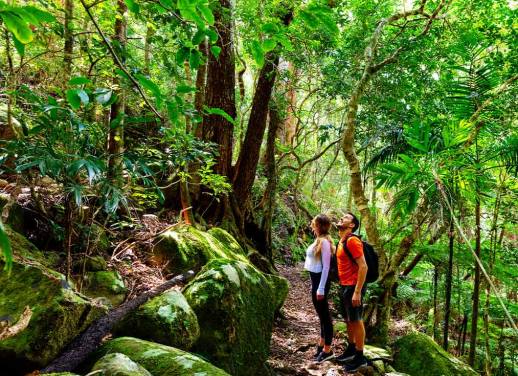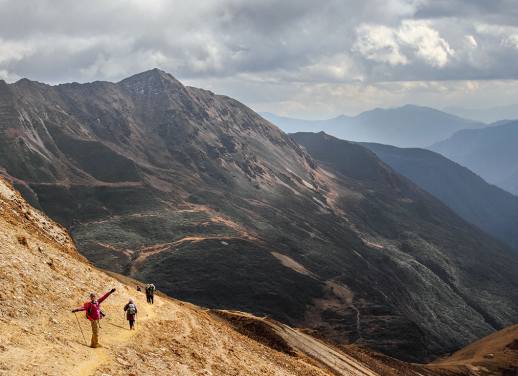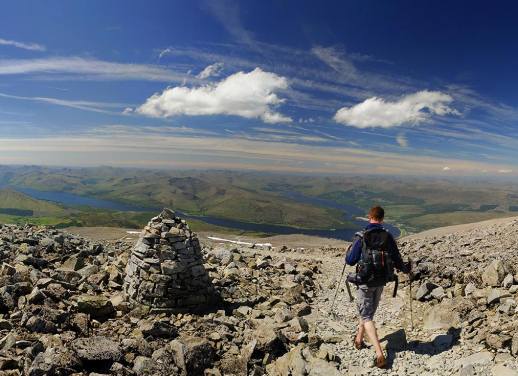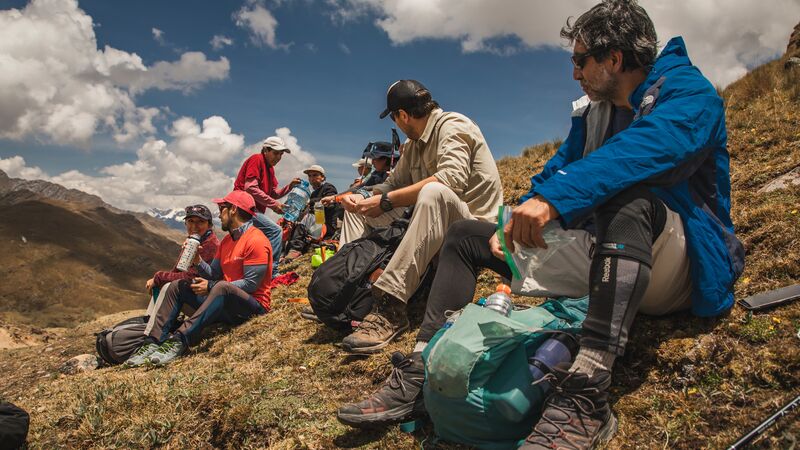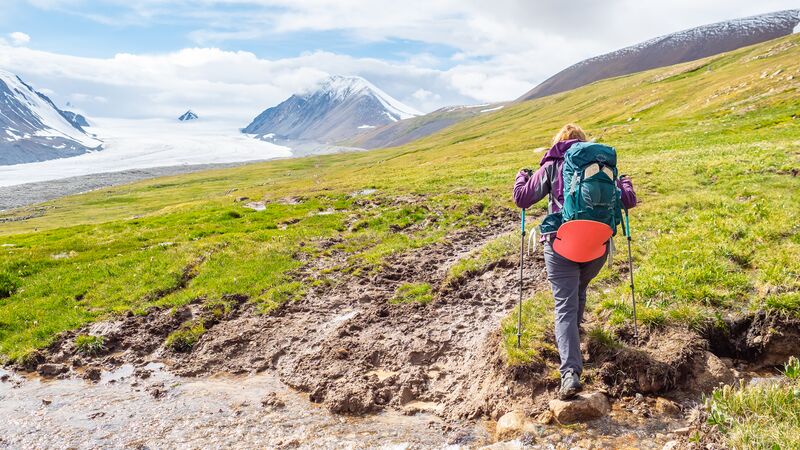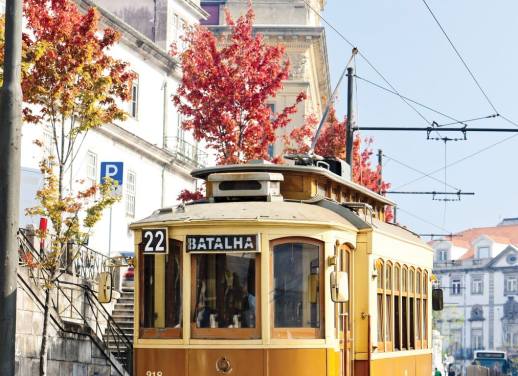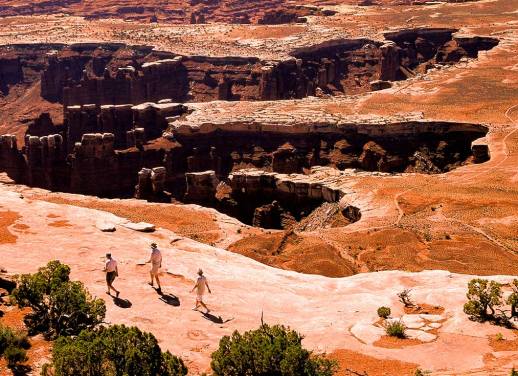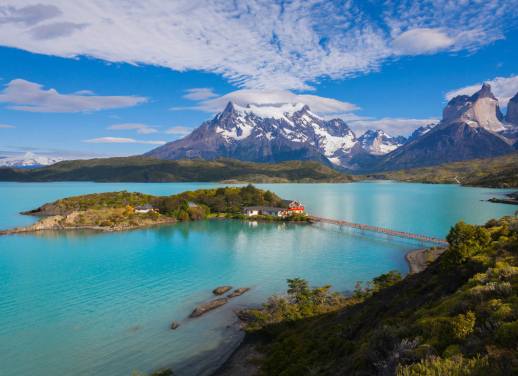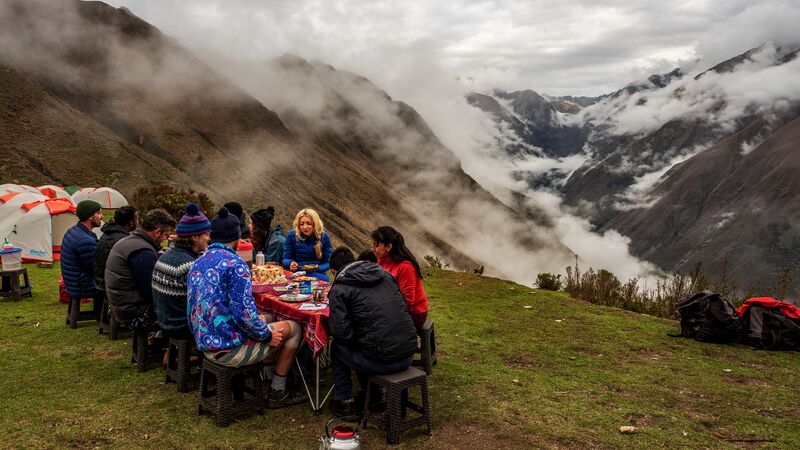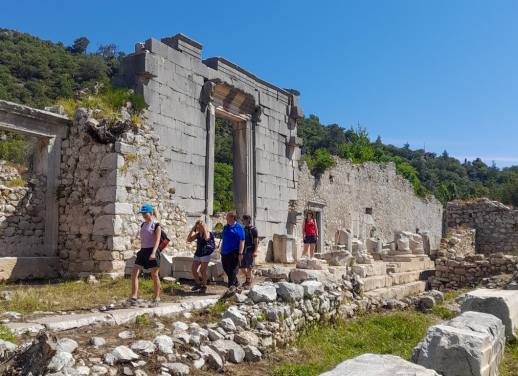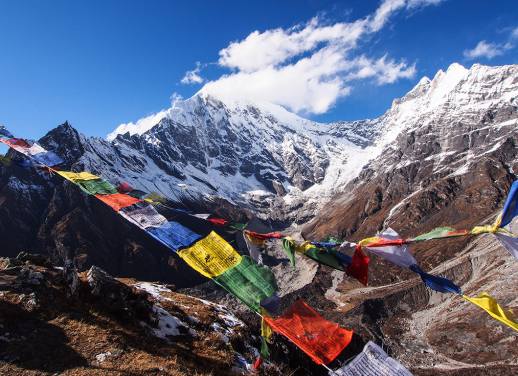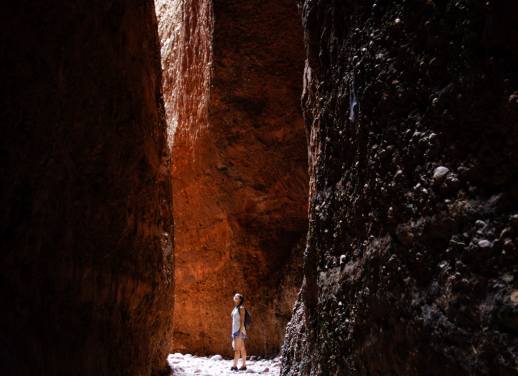Trekking may just seem like walking for a long time up and down hills (and to a certain extent, it is), but there’s usually a lot of preparation required to do it successfully.
It’s in the nature of treks to take you well away from your comfort zone, infrastructure, first aid facilities and all the other hallmarks of civilisation. If you’re going somewhere like Everest or Annapurna, it’s probably going to be colder, higher and more remote than anything you’ve experienced before. But even for shorter or less challenging treks, you still need to pack accordingly. (There aren’t many gift shops and equipment vendors on the upper slopes of Mt Toubkal or Kilimanjaro!) Remember: research your chosen destination thoroughly before the departure lounge.
While each trek is slightly different, and what you pack should vary depending on the climate, altitude, facilities and so on, there are a few basics everyone should take. This isn’t meant to be an exhaustive guide, but a guide for when you’re exhausted (see what we did there?).
Clothing and footwear
- Good shoes: invest in a pair of sturdy hiking boots with good ankle support and decent sole tread to prevent slips. Make sure to break them in long before the trek.
- Hiking socks: get proper socks, usually a nylon/wool blend, that will insulate your feet and prevent moisture retention. Pro tip: wear two pairs at once to avoid blisters.
- Convertible hiking trousers: when the sun comes out, being able to unzip your calves and transform trousers into shorts is a godsend.
- Rain jacket: a lightweight rain jacket will keep you dry and warm if the weather changes unexpectedly (which is common at higher altitudes)
- Thermals: super important if you’re hiking in a cold or unpredictable climate to provide an extra layer of warmth and prevent hypothermia. Thermals (specifically merino wool) are also great for wicking sweat away from the body.
- A long-sleeved shirt: a lightweight, long-sleeved shirt is a great option to protect your shoulders from the sun, chilly winds and pesky insect bites.
- Thin scarf: ultra versatile. Great for keeping your neck warm, your head cool, and the sun off your face.
- Slippers or flip-flops: a small pair of woollen slippers or lightweight flip-flops will make pottering around the tent at night oh-so comfortable – your feet deserve a little pampering after all that work!
- Sun hat: a cap, visor or wide-brimmed sun hat will protect your head, face and eyes.
- Beanie: keep warm after sundown or when you set off early in the morning.
Specialised hiking and camping gear
- Day pack or light backpack: preferably something durable with strong, padded straps and a clip around your waist to help distribute the weight more evenly.
- Head/pocket torch: you’ll thank yourself when you need to find the toilet in the dark. Make sure it’s fully charged before your trip.
- Water bottle or bladder: never leave home without a water bottle. It could be worth getting a water bladder for hands-free hydration.
- Walking poles: studies have shown you’ll save a lot of strain by using these, particularly in your knees or when you’re going downhill. Try to get the telescopic ones so they fold up small.
- Sleeping bag liner: helps keep your sleeping bag clean and keeps out the insects if you want to ditch the heavy bag on hot nights. They can also add a few degrees of extra warmth in cold climates.
- Hand warmers: try to get thermal ones. One crack and you’ve got 30 minutes of glorious heat.
- Travel pillow: you can get roll-up or inflatable pillows at most outdoor stores. Read reviews online first to save yourself a lumpy night’s sleep.
- Whistle: handy in case you need to alert others if you get lost or need help.
If you’re going on a multi-day camping trek, you’ll also need camping gear such as a tent, sleeping bag and mat, stove, fuel bottle, etc. However, if you book a trek with Intrepid, your leader will bring most of these items to lessen your load (excluding a sleeping mat, sleeping bag and a portion of the group’s food which you may need to carry). When trekking in some destinations like Nepal, you usually stay in a local tea house (guesthouse) so camping gear isn’t required.
Toiletries and first aid supplies
- Sunscreen and sunglasses: high altitudes, reflective snow and lack of cloud cover are a recipe for sunburn.
- Blister cream/blister patches/bandaids: blisters happen to the best of us, even with two pairs of hiking socks. Save yourself a lot of pain and be prepared.
- Insect repellent: not necessary everywhere, but one of the worst things to forget when you really need it. Research your destination beforehand to dodge the bugs.
- Toilet paper and hand sanitiser: you can’t rely on facilities when you’re 1,500 metres above sea level.
- Water purifying tablets: great when you’re crossing a suspicious stream.
- First aid kit: your Intrepid leader will be well equipped with first aid supplies, but if you’re going alone ensure you don’t cut corners here.
Food and water
- Ziplock bags: great for keeping trail mix fresh and keeping important things dry.
- High energy snacks: a trusted trail mix is always a great shout, as are muesli bars, nuts or dried fruits. Avoid anything fresh that could perish or soil your bag.
- Chocolate: there’s no better energy boost during a hike, or as a treat at the end of a long day.
Other personal items
- Camera: an obvious one, but don’t forget to take extra batteries and memory cards or film if you’re upping your game with a proper camera.
- Power bank: essential if you’ll be using your phone to take photos.
- Tennis ball: after a long day’s walk, stand on one of these and roll it under each foot. It’ll ease those tired arches.
- A pack of cards or a book: as good as the views are, sometimes it’s nice to whip out a pack of cards with your fellow hikers. If you’re doing okay for weight, a good book doesn’t go amiss either for when you fancy some downtime.
Ready to pack your bags? Discover Intrepid’s full range of hikes and treks.
Image c/o Ray Bouknight, Flickr

